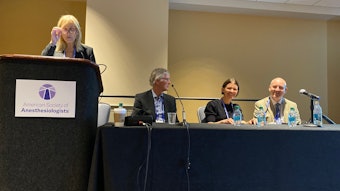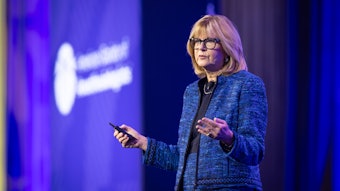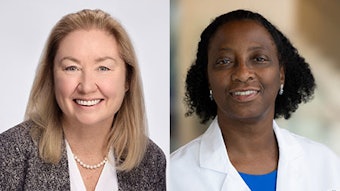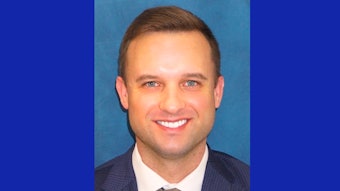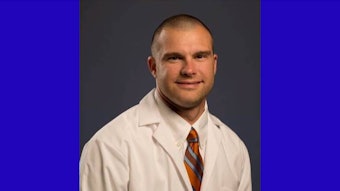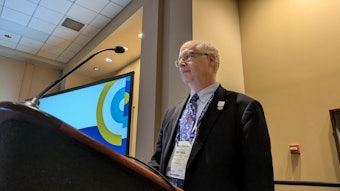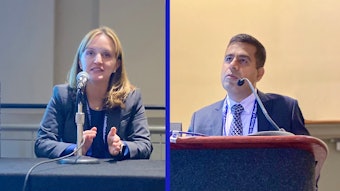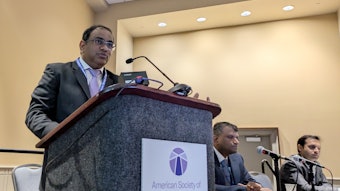Align and collaborate
Important tips for fine-tuning the hospital, anesthesiologist relationship.
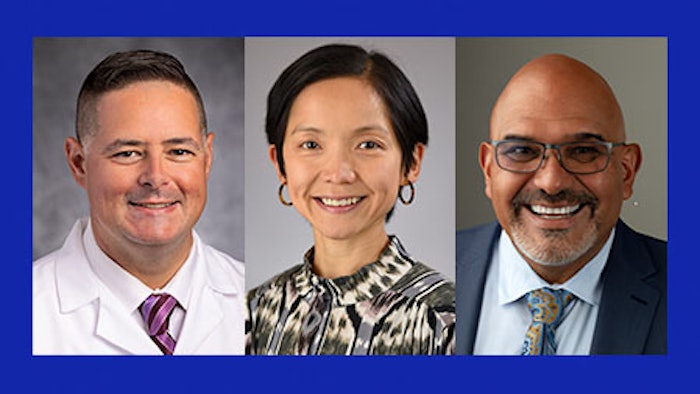
Several factors intersect on the road to building a dynamic relationship between anesthesiologists and hospital administration. The primary goal is for all roads to lead to quality patient care.
Along the way, however, healthy dynamics can produce additional benefits as well, including streamlined operations and a positive working environment. Getting there was the focus of the 2024 session, “Why Can’t We Be Friends? Hospital Administration vs. Anesthesiologists.” These dynamics are pivotal for success, according to session director James L. Hill, MD, MBA, FACHE, FASA, Chief Operating Officer of University Hospitals Parma Medical Center in Cleveland, Ohio.
“It’s important to nurture a collaborative relationship between hospital administration and anesthesiologists,” Dr. Hill said. “By recognizing the unique role of anesthesiologists, fostering open communication, inclusive decision-making, and aligning goals and incentives, institutions can enhance patient care, operational efficiency, and overall organizational success. This collaborative approach not only benefits patient outcomes but also improves staff satisfaction and institutional resilience and financial sustainability."
The relationship between hospital administration and anesthesiologists is critical for several reasons, Dr. Hill said, including:
- Patient safety and care quality: Anesthesiologists are key players in patient safety during surgical procedures. Their expertise in managing anesthesia, critical care, and pain management impacts individual patient outcomes and an organization’s safety reputation.
- Efficient hospital operations: Effective collaboration ensures smooth perioperative workflows, reducing delays and optimizing resource utilization. Collaboration with hospital administration allows for hospital operational resources to be prioritized to critical areas such as perioperative services.
- Financial sustainability: Anesthesiology services contribute significantly to hospital revenues. Efficient management and utilization of these resources are crucial for financial viability and organizational success.
- Regulatory compliance and risk management: Compliance with regulatory standards and risk mitigation strategies are shared responsibilities requiring alignment between administration and anesthesiology. The background of anesthesiologists and their reputation as the guardians of patient safety make them ideal partners for hospital administrators to ensure risk is mitigated within an organization and high quality is prioritized.
Additionally, consequential issues exist at different administrative levels, according to Yar (Samantha) Yeap, MD, MSC, Professor of Clinical Anesthesiology at Indiana University School of Medicine in Indianapolis. At the C-suite level, for example, the issue is the strategic alignment of anesthesiology services with overall hospital goals, financial stewardship, and resource allocation.
“Within perioperative leadership, the issue becomes coordination of perioperative workflows, optimizing scheduling, working to ensure great relationships between surgical, nursing, and anesthesia leaders, and resource management to ensure smooth operations,” Dr. Yeap said. “At the departmental level, it becomes an issue of staffing, training, and quality assurance within the anesthesiology department, fostering a culture of safety and excellence.”
Finally, facility medical directors are challenged with oversight of clinical protocols, quality improvement initiatives, and interdisciplinary collaboration (local surgical, nursing, and anesthesia relationships). So, what is the path to achieve common ground between administration and bedside clinicians? It begins with understanding and appreciation, said Ruben J. Azocar, MD, MHCM, FASA, FCCM, Vice President of Perioperative Services at Beth Israel Deaconess Medical Center in Boston. Mutual respect is paramount.
“Administration should recognize the specialized skills and challenges faced by anesthesiologists in patient care,” Dr. Azocar said. “Anesthesiologists should develop an understanding of the goals and motivation of the hospital.”
Like Dr. Azocar, Mohammed Minhaj, MD, the Harris Family Foundation Chair for the Department of Anesthesiology, Critical Care, and Pain Medicine at NorthShore University Health System in Chicago, said the path forward also includes open communication. It begins with establishing transparent communication channels that foster mutual understanding and trust.
“Trust is difficult to build. Physician leaders in executive roles are often critical in bridging this gap,” Dr. Minhaj said.
He also said that inclusive decision-making is important: “Involve anesthesiologists in relevant decision-making processes to ensure their perspectives are considered and give physician leaders a seat at the table to ensure that clinical and safety standards are always considered in operational and strategic planning.”
Ultimately, finding common ground results from aligning incentives for all involved, Dr. Hill said.
“Align incentives and goals to promote collaboration rather than competition, focusing on patient outcomes and operational efficiency,” Dr. Hill said. “I find it helpful to articulate the ‘why’ of what we need to do as hospital administrators whether for safety, operational, or financial issues. It imparts more credibility.”
